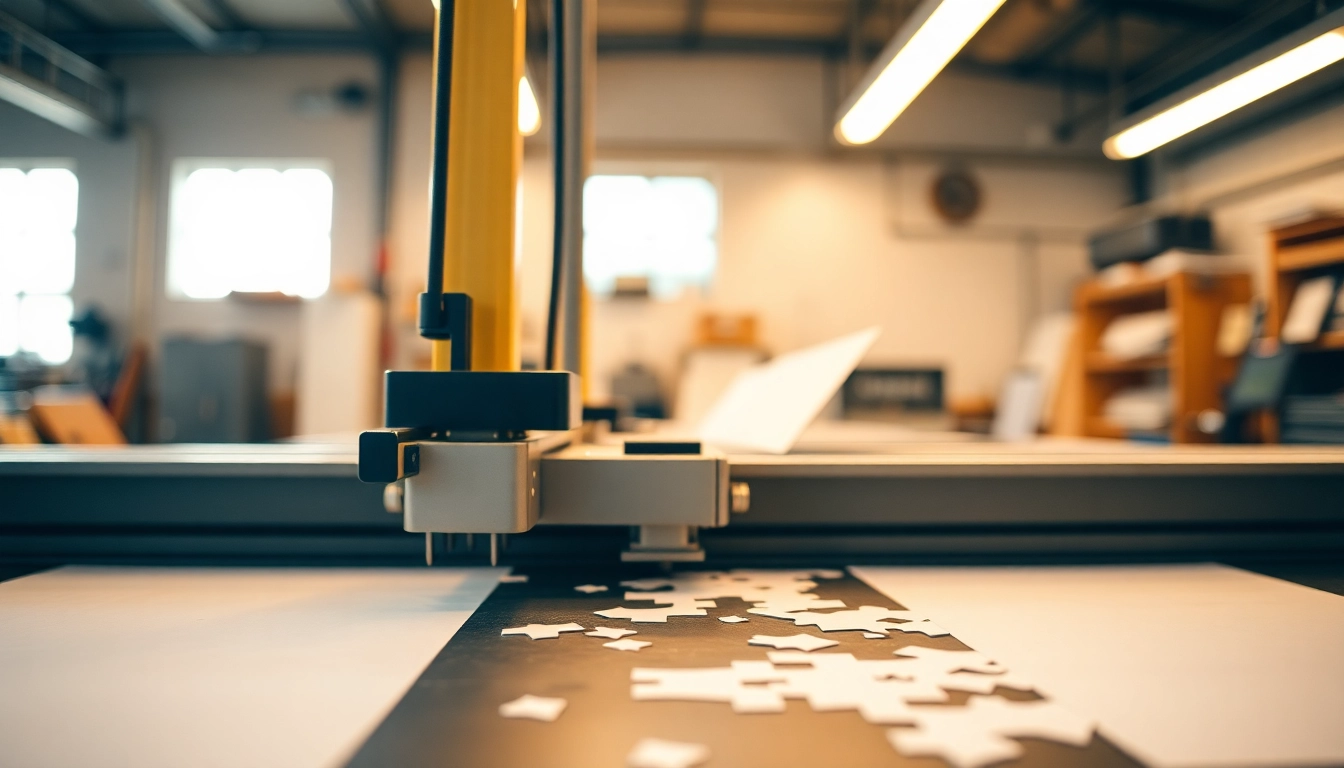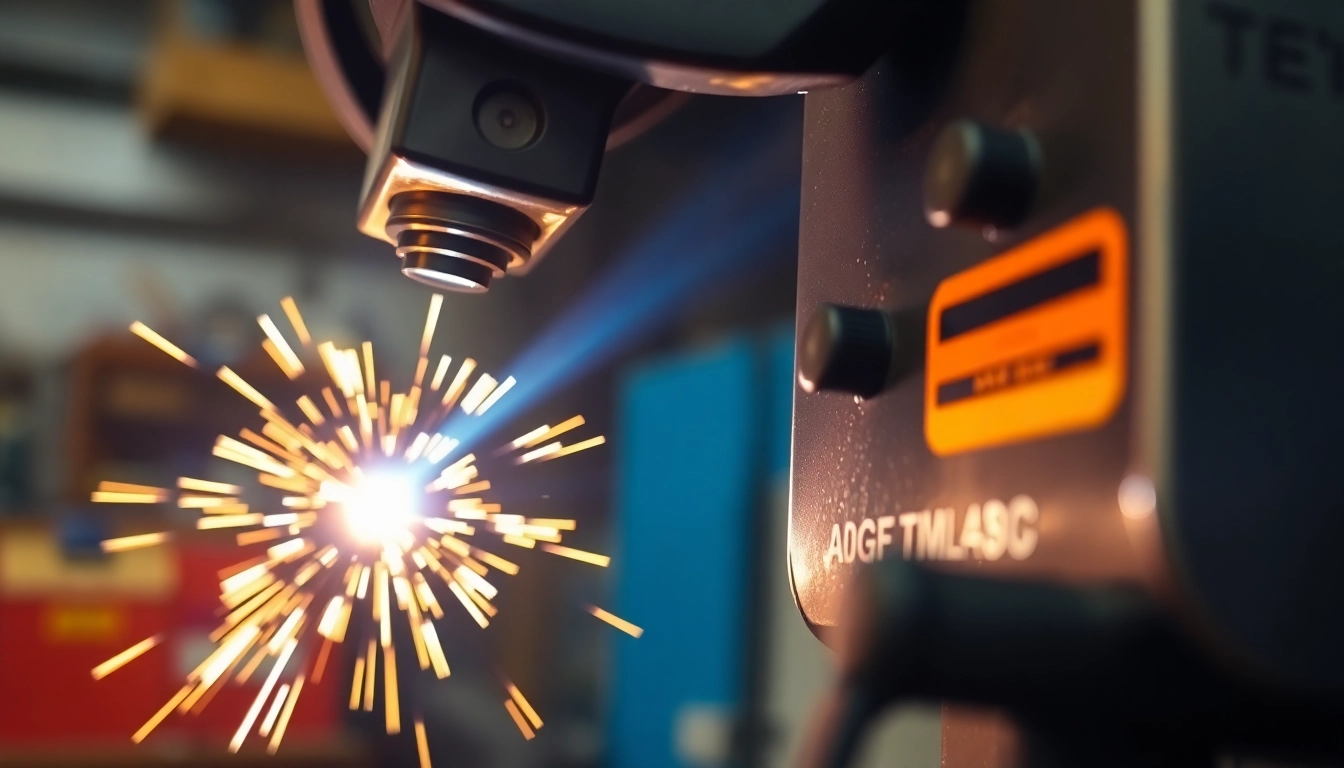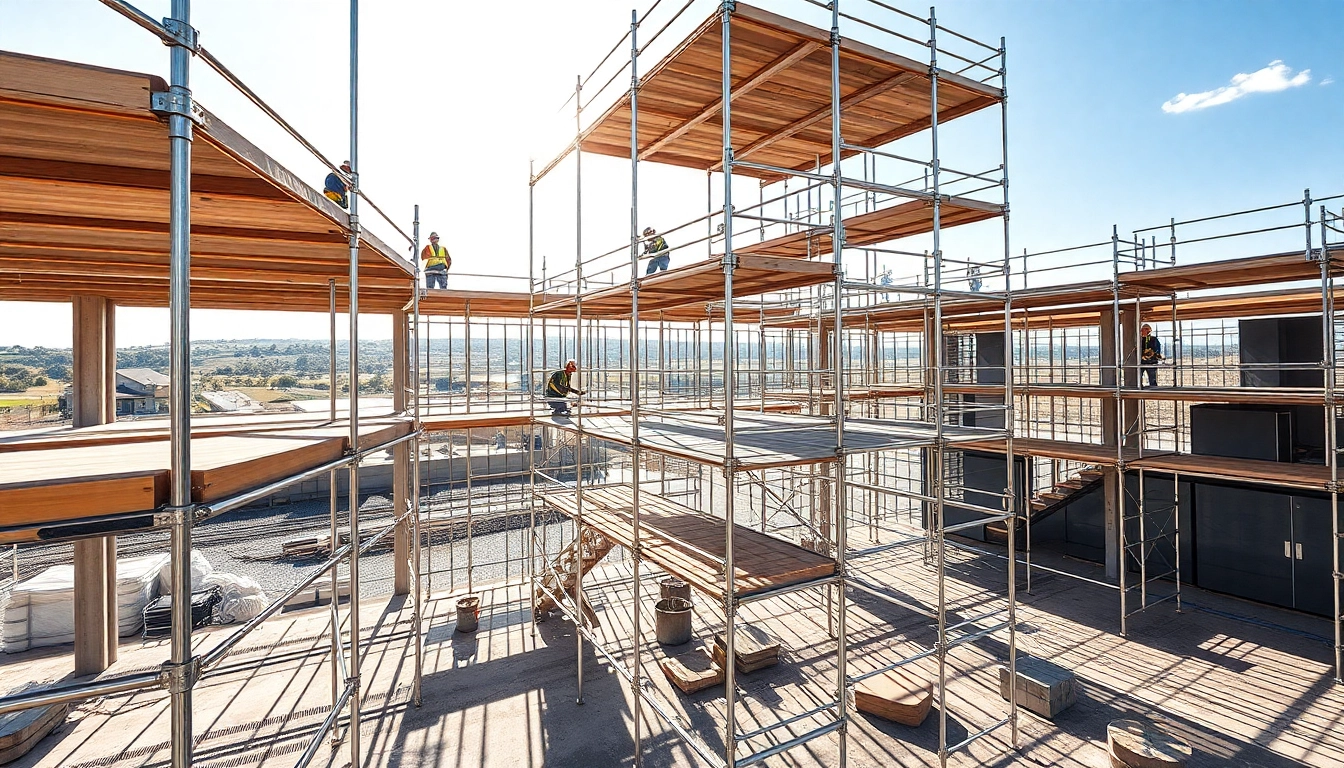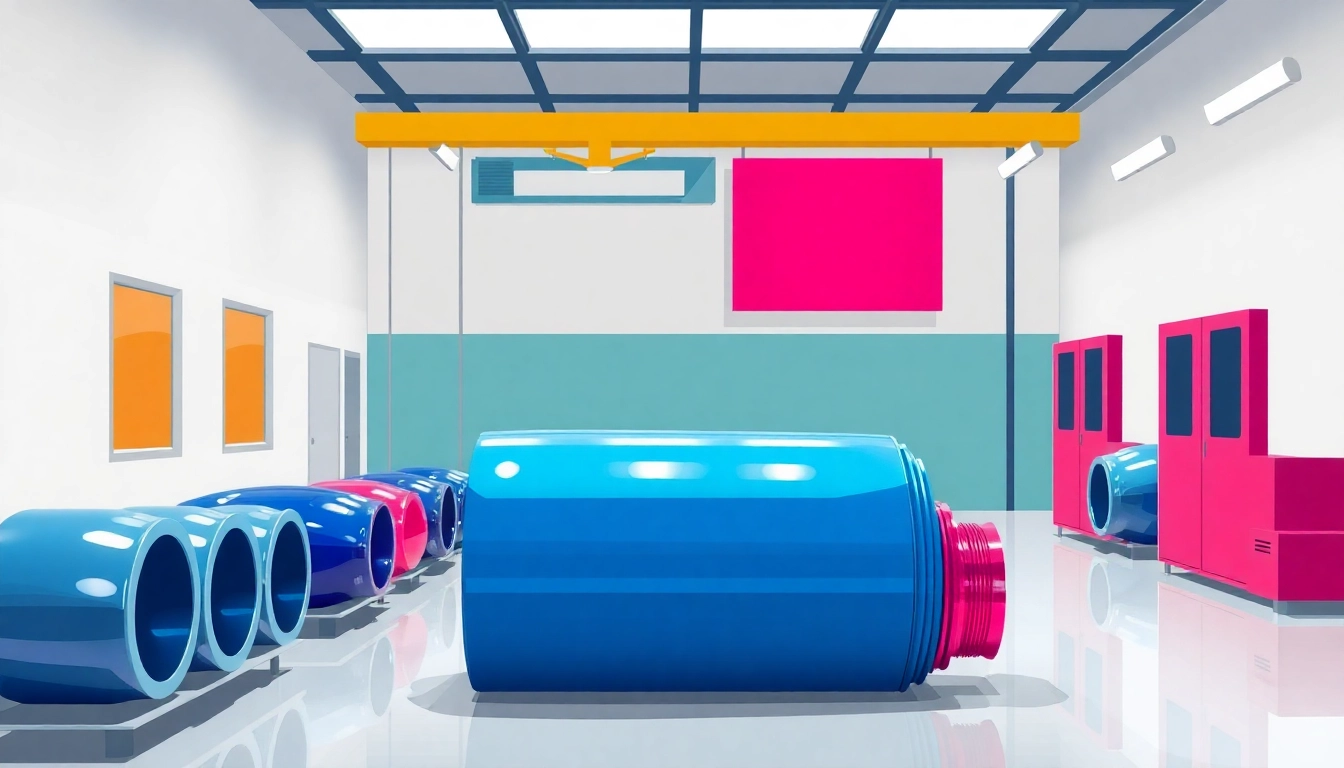Understanding Precision Die Cutting
Precision die cutting is a specialized process that transforms various materials into precisely shaped components, which are essential across a multitude of industries. This technique is pivotal in manufacturing products ranging from packaging to automotive components. Companies focusing on precision die cutting deliver high-quality results, ensuring each cut meets the exact specifications required by their clients.
What is Precision Die Cutting?
Precision die cutting refers to a process that involves the use of metal dies to cut precise shapes out of materials, which are often used in manufacturing and assembly operations. The accuracy of this method allows for the creation of intricate designs and components that contribute significantly to product functionality and aesthetics. It encompasses several techniques, including rotary die cutting, flatbed die cutting, and modern laser die cutting. Each method is suited to different applications, depending on the material, the complexity of the design, and volume requirements.
Common Applications of Precision Die Cutting
Precision die cutting finds its applications in numerous industries, providing essential parts and components. A few notable areas include:
- Automotive Industry: Components such as gaskets, insulation materials, and sound-deadening parts enhance vehicle performance and comfort.
- Medical Field: The manufacture of custom gaskets, seals, and surgical instruments ensures precision and safety in medical devices.
- Packaging Solutions: Custom packaging die cuts are used for boxes, labels, and other packaging materials that require specific designs for branding and functionality.
- Electronics: The production of foam or plastic parts for devices, ensuring optimal protection and insulation.
Benefits of Using Precision Die Cutting Techniques
The advantages of utilizing precision die cutting are manifold, making it a preferred method in various sectors:
- High Accuracy: Precision die cutting allows for extremely tight tolerances, often within +/- 0.005 inches, which is crucial for products requiring exact specifications.
- Efficiency: This technique facilitates rapid production runs, making it ideal for large-scale manufacturing.
- Versatility: Precision die cutting can be applied to an array of materials including paper, plastics, rubber, and fabrics, allowing for creative designs across different products.
- Cost-effective: By optimizing material usage and reducing waste, precision die cutting provides a more economical solution for mass production.
Types of Precision Die Cutting Techniques
Understanding the different types of die cutting techniques is essential for selecting the most suitable method for a specific application. Each technique has its unique advantages and constraints based on the requirements of the project.
Rotary Die Cutting Explained
Rotary die cutting is a method where the material is fed through a cylindrical die, allowing for continuous cutting along the length of the material, making it an ideal choice for large volume production. This method is particularly effective for thin materials and is widely used in the packaging and label industries.
Advantages of rotary die cutting include:
- High-Speed Production: Achieves faster processing speeds suitable for long runs.
- Consistent Quality: Ensures uniformity of cuts, essential for large-scale applications.
Flatbed Die Cutting Advantages
Flatbed die cutting employs a hydraulic press to push down on programmatically designed cutting blades. This method offers advantages such as:
- Heavy Material Capacity: Effective for thicker materials that rotary die cutting may not handle.
- Flexibility in Design: Ability to cut various complex shapes without needing a complete retooling.
- Short Runs: More economical for smaller production runs compared to rotary die cutting.
Laser Die Cutting: A Modern Approach
Laser die cutting is the most technologically advanced method, using laser beams to cut through materials with extreme precision. This method is highly versatile and can be used for detailed designs that require intricate cuts. Key benefits include:
- Precision: Laser cutting achieves incredibly detailed designs that may not be possible with traditional methods.
- No Tooling Costs: Since it doesn’t require physical dies, costs and setup times are significantly reduced.
Choosing the Right Material for Precision Die Cutting
The choice of material is pivotal in the precision die cutting process, directly influencing the quality of the final product and the efficiency of production.
Material Considerations: Foams, Plastics, and More
Different materials interact uniquely with die cutting processes. Common materials used in precision die cutting include:
- Foams: Used for cushioning and insulation applications, varying from soft to rigid types.
- Plastics: Widely used in manufacturing components that require durability, light weight, and flexibility.
- Metals: Thin metals can also be die cut for applications in crafts, electronics, and automotive parts.
Impact of Material Selection on Cut Quality
The material quality and properties significantly affect the precision of die cuts. Material thickness, density, and elasticity can influence the accuracy of the cuts and the longevity of the dies used. For example, overly thick materials may require more robust machines and dies, which can lead to increased costs.
Cost-Effective Materials for Precision Die Cutting
Selecting cost-effective materials without compromising quality is crucial for successful die cutting processes. Common economical choices include:
- Cardboard: Affordable and easily die cut, often used for packaging.
- Paper: Widely available and customizable, ideal for marketing materials and lightweight packaging.
- Thin Plastics: These provide durability without a significant increase in cost.
Common Challenges in Precision Die Cutting
Despite its advantages, precision die cutting can pose various challenges that need to be addressed to ensure successful outcomes.
Tolerances and Specifications in Production
Achieving required tolerances can be one of the most significant challenges in precision die cutting. Different industries may have stringent specifications, and minor deviations can lead to product failures. It is essential to balance cost and precision, considering factors such as:
- Material selection and its properties
- The choice of die cutting method
- Manufacturing tolerances for production runs
Dealing with Material Deformation
Material deformation during cutting can lead to inaccuracies. Factors that contribute to deformation include:
- Too much pressure applied during the cutting process
- Incorrect material thickness or quality
- Temperature fluctuations that can affect material integrity
Mitigating these factors through careful material selection and process control can enhance the quality of the final product.
Avoiding Common Errors in Die Cutting
Common errors can arise from various aspects of the die cutting process, including:
- Misalignment of materials during cutting
- Worn-out dies leading to inconsistent cuts
- Improperly set machine parameters
Regular maintenance, quality checks, and using calibrated machines are necessary to reduce the risk of these errors.
Measuring Success in Precision Die Cutting Projects
Measuring the effectiveness of precision die cutting projects can help improve processes and outcomes significantly.
Key Performance Indicators for Die Cutting
To evaluate the performance of precision die cutting operations, businesses should track several key performance indicators (KPIs), including:
- Cutting Accuracy: Measurement of the precision of cuts against the specified tolerances.
- Waste Reduction: An assessment of material usage efficiency, tracking waste produced during die cutting.
- Production Time: The time taken from setup to completion of the die-cut parts, informing efficiency.
Feedback and Quality Control Processes
Establishing a robust feedback mechanism and quality control processes are necessary for maintaining high standards in precision die cutting. Regular consultations with clients and stakeholders help gain insight into performance, while implementing quality checks during production ensures adherence to specifications.
Case Studies: Successful Precision Die Cutting Examples
Reviewing successful precision die cutting projects can provide valuable insights into best practices. For instance:
- Automotive Component Manufacturer: Faced with challenges of material deformation, this company adopted a new quality control process, enabling them to maintain tolerances while reducing waste by 30%.
- Medical Device Manufacturer: Implemented a laser die cutting solution that cut costs by 20% and increased production speed without sacrificing quality, meeting the increasing demand for precision components.



